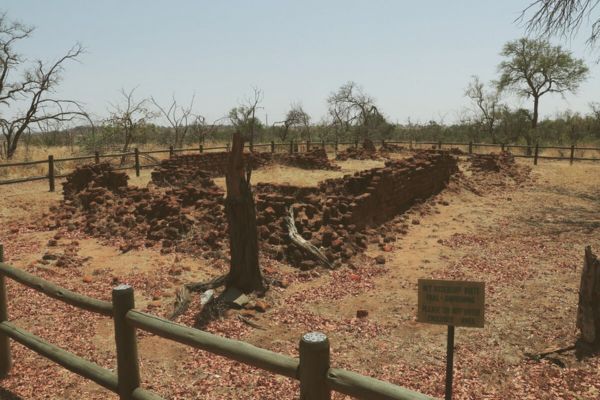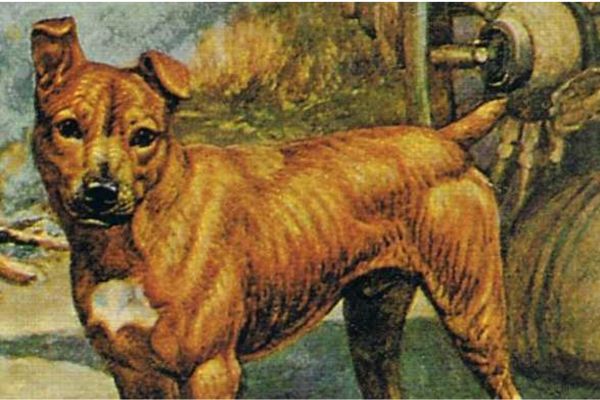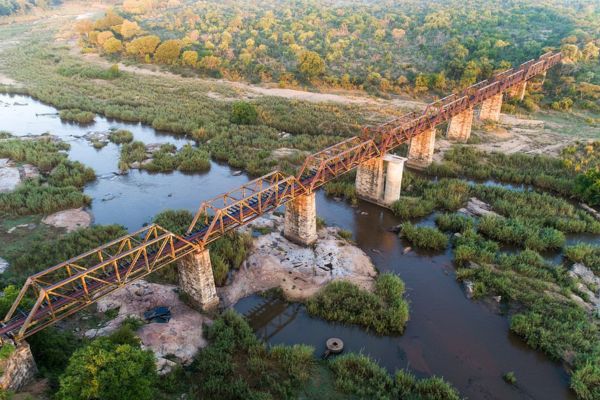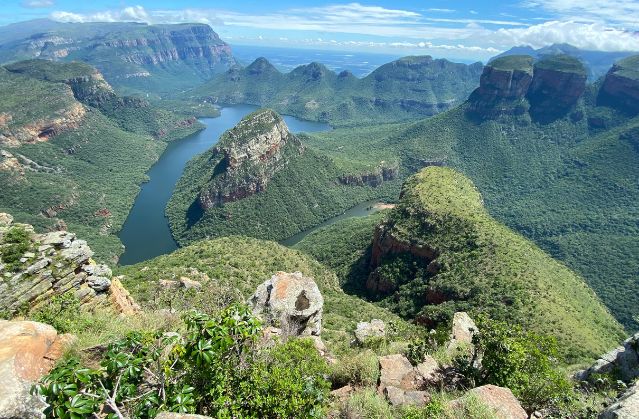
What is the Big 5?
THE FAMOUS BIG 5
Kruger National Park in South Africa is a world-renowned safari destination, celebrated for its breathtaking landscapes and extraordinary biodiversity. Within this vast wilderness, the Big Five take center stage, captivating the hearts and imaginations of visitors from around the globe.
The Big Five—lion, leopard, elephant, buffalo, and rhinoceros—represent some of Africa’s most iconic and formidable animals. In this blog post, we embark on an exhilarating journey through Kruger National Park to explore the remarkable creatures that comprise the Big Five.
Mighty African Elephant:
Our journey begins with the gentle giants of the African savannah, the African elephants. As the largest land mammals on Earth, these magnificent creatures command respect and admiration. Kruger Park is home to a significant elephant population, and the sight of these colossal creatures roaming the plains, foraging for food, or playfully interacting with their young is nothing short of extraordinary. Witnessing their sheer size and witnessing their complex social interactions is a humbling experience that will leave an indelible mark on your safari adventure.
The Regal Lion:
No visit to Kruger Park would be complete without encountering the king of the jungle, the majestic lion. With their golden manes and commanding presence, lions epitomize power and grace. The park is known for its thriving lion population, and the chance to witness a pride resting, hunting, or engaging in their distinctive social dynamics is a thrilling experience. The sound of their deep roars echoing through the night is a symphony that encapsulates the essence of the African wilderness.
The Elusive Leopard:
The enigmatic and elusive leopard is undoubtedly one of the most coveted sightings for wildlife enthusiasts. Renowned for their stealth and solitary nature, leopards are masters of camouflage, blending seamlessly into their surroundings.
Kruger Park provides a habitat conducive to leopard sightings, as the park boasts a healthy leopard population. Spotting one of these elusive creatures lounging on a tree branch or stealthily moving through the dense vegetation is a truly rare and magical moment.
The Mighty Rhino:
The rhinoceros, with its prehistoric appearance and incredible strength, stands as a symbol of both grace and resilience. Kruger Park is home to both black and white rhinoceros, and observing these magnificent creatures in their natural habitat is an unforgettable experience.
Poaching remains a significant threat to these gentle giants, making the opportunity to witness them in the wild all the more precious. By supporting conservation efforts and promoting responsible tourism, visitors to Kruger Park can contribute to the protection of these iconic creatures for generations to come..
The Majestic Cape Buffalo:
Completing the Big Five is the formidable Cape buffalo. These robust creatures, often found in large herds, evoke a sense of primal power. Known for their unpredictable nature and imposing horns, Cape buffalo have earned their reputation as one of Africa’s most dangerous animals.
Witnessing their massive herds grazing peacefully or observing their synchronized movements during a river crossing is an exhilarating sight that showcases the raw beauty of the animal kingdom.
Conclusion:
Kruger National Park serves as a crucial stronghold for the Big Five, and conservation efforts are integral to their survival. The park, in collaboration with conservation organizations, implements anti-poaching measures, habitat preservation, and community engagement initiatives to safeguard these iconic species.
Through education and sustainable tourism, visitors are encouraged to contribute to the protection and preservation of the Big Five and their habitats.












